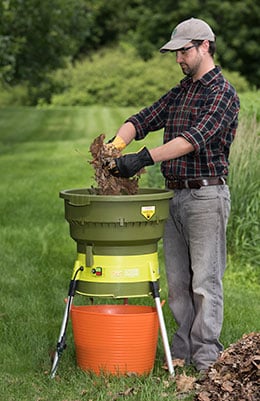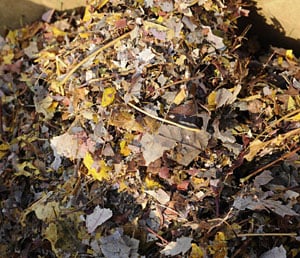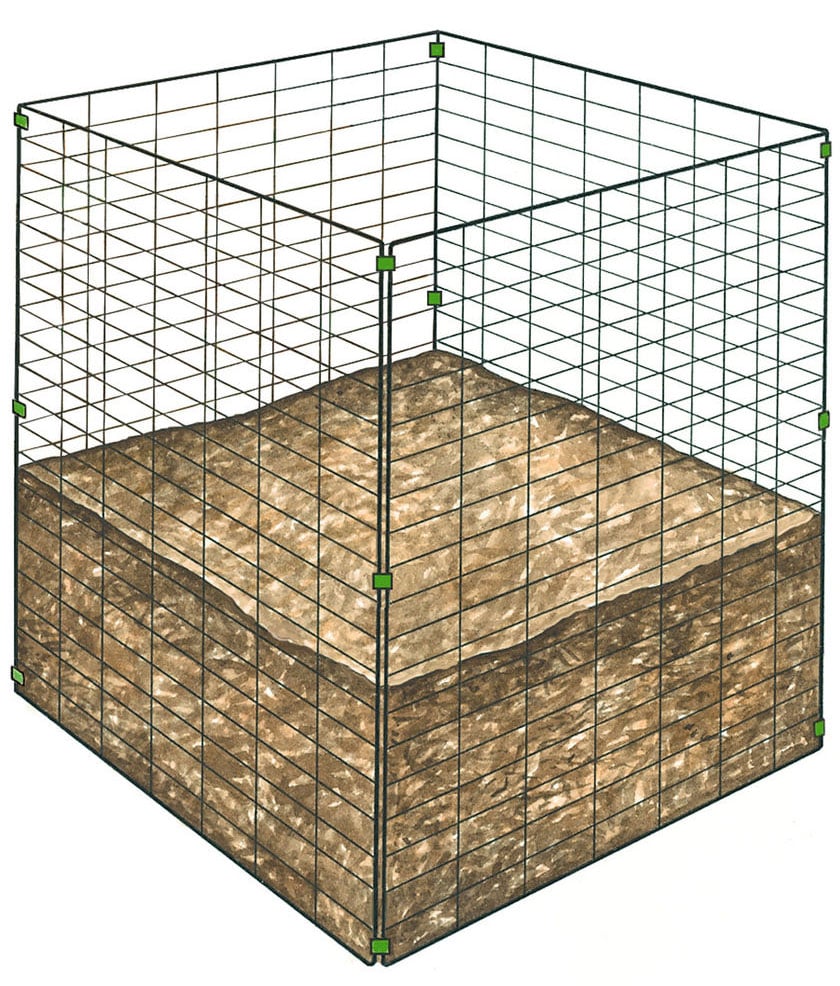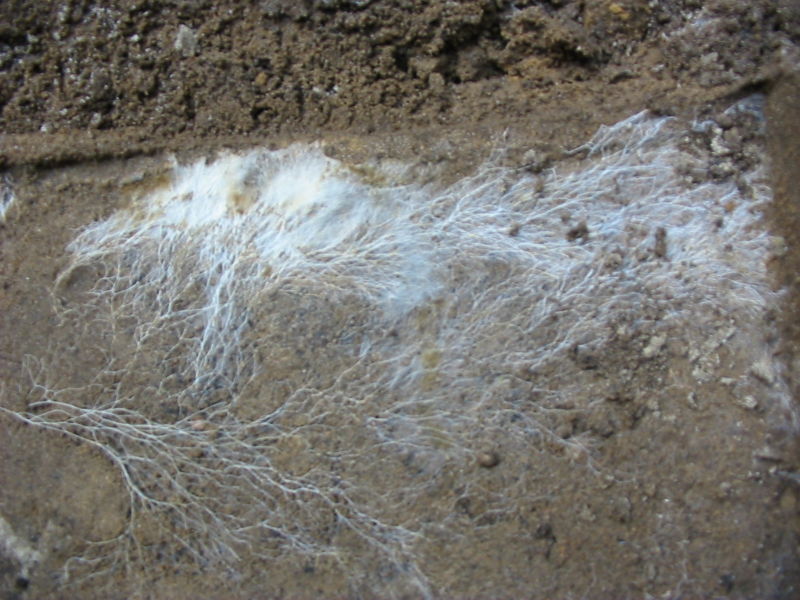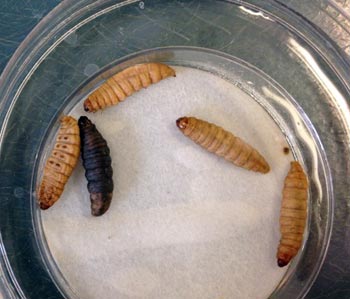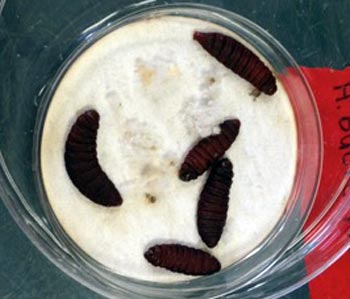acespicoli
Well-known member
May try this as comparison with epsoma tomato tone boosting the K in the NPK with some langbenite
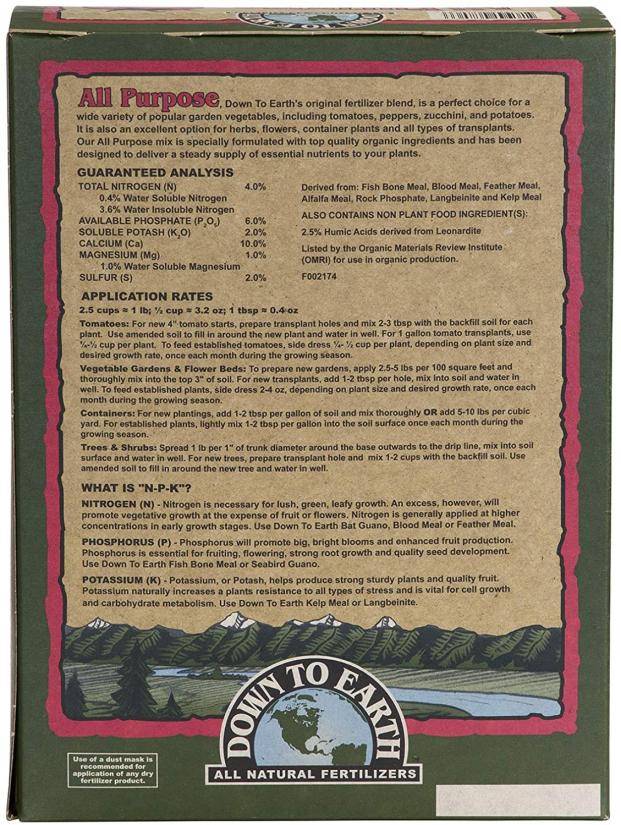
All Purpose 4-6-2
All Purpose 4-6-2 Available in 4 sizes
TOTAL NITROGEN (N) 4.0%
0.4% Water Soluble Nitrogen
3.6% Water Insoluble Nitrogen
AVAILABLE PHOSPHATE (P2O5) 6.0%
SOLUBLE POTASH (K2O) 2.0%
CALCIUM (Ca) 10.0%
MAGNESIUM (Mg) 1.0%
SULFUR (S) 2.0%
Derived from:
Fish Bone Meal, Blood Meal, Feather Meal, Alfalfa Meal, Rock Phosphate, Langbeinite and Kelp Meal
ALSO CONTAINS NON-PLANT FOOD INGREDIENT(S):
2.5% Humic Acids derived from Leonardite
Listed by the Organic Materials Review Institute (OMRI) for use in organic production.
Listed by the Organic Materials Review Institute for use in organic production.
Building up the brix:
As a measurement of the sugar content in the sap, brix is an important indicator of both a healthy plant and a flavorful, nutrient-dense crop. Here’s how to boost the brix to grow the best of the best.
The best organic farmers often boast about growing nutrient-dense, high-brix plants. But brix is still a foreign concept to many indoor growers. Brix is a measurement of the sugar content in the sap, expressed as a percentage. Generally speaking, the higher the brix, the healthier the plant. In fact, some organic gardeners claim that if you can achieve a brix level of 12% or higher, sucking insects won’t even recognize the plant as food! Furthermore, there is a direct proportional relationship between brix and the quality of the finished produce. High-brix plants are healthier, tastier and higher in nutrients than low-brix plants, and brix offers an objective measurement of how well your plants are doing. So if you want to consistently grow the best of the best, taking regular brix readings will help you reach your goal.
Brix measurements are taken with the aid of a brix refractometer. The more sugars and dissolved solids in a sap sample, the more the mixture bends the light that passes through it. A brix refractometer reads how much the light bends (refracts), and displays the results as a percentage of sugars in the sap. And it’s easy to use—just take a leaf sample, roll it into a ball and squeeze a couple of drops onto the glass slide of the refractometer. Then look through the hand-held device towards a light source, and read the brix number on a graduated scale. If you want an even more accurate measurement, digital refractometers are also available.
The more efficiently your plants take up water and nutrients, the higher the brix. Since organic biostimulants improve the uptake of minerals, the judicious use of additives such as amino acids, humic and fulvic acids, and seaweed extracts can help improve brix. The proper balance of minerals in the nutrient solution can also have a positive effect, particularly the potassium-to-nitrate ratio. Here are some suggestions for improving the brix of your favorite crops.
Increase the Potassium-to-nitrate Ratio
Taking a brix measurement is standard operating procedure for hydroponic crop advisors in Europe. For example, if a leaf sample in a hydroponic tomato greenhouse shows low brix, often the first thing the consultant will recommend is raising the potassium-to-nitrate ratio until the brix reaches the target level. That way, nutrient problems can be avoided before the first signs of deficiency appear. Once visual nutrient deficiencies appear, the plant is already suffering and may not ever be able to reach its true genetic potential. Taking brix readings and making adjustments will help prevent problems before they happen.
Excessive nitrates burn carbohydrates and reduce brix. In fact, nearly 30% of the energy of photosynthesis is used just to assimilate the nitrates. So to ensure high brix, don’t give plants more nitrates than they need. Excessive nitrates produce large cells with thin cell walls, making them a target for pests and diseases. And since the sugars are burned to produce more top growth, root growth can become restricted and fruit and flower production can be delayed. A brix refractometer can show the signs of excess nitrates before it’s too late.
If nitrates are adequate but brix is still too low, it may be beneficial to increase the potassium levels. Potassium is a catalyst for carbohydrate metabolism, helping to increase brix. A grower has three choices for increasing the potassium-to-nitrate ratio: lower the nitrates, increase the potassium or do a little of both. Once you find the sweet spot, no pun intended, the brix should start to improve.
Use Humic and Fulvic Acids
Humic and fulvic acids are intermediate chelators, helping plants take up important trace elements. Since trace elements activate enzymes in the plant, the plant is able to do more chemical reactions per second, resulting in higher brix. Iron uptake is especially important. In nature, humic and fulvic acids hold onto iron ions like a claw and make them more available to the plant. Iron is a catalyst for chlorophyll synthesis, the green pigment in plants that actually manufactures sugars during photosynthesis. In fact, if iron availability is at optimal levels, plant genes will be activated to produce more chloroplasts to hold the extra chlorophyll, turning the plant into a more efficient sugar-making machine. The result? Higher brix.
Fulvic acid can be used as a foliar spray. The fulvic acid molecules transport the iron and other trace elements through the cell membranes, and release them inside the cell where they are needed the most. The carbon skeletons can then be metabolized by the plant. For best results, use a natural surfactant such as yucca extracts when using fulvic acid as a foliar feed. The surfactant prevents water from beading up on the waxy leaf surfaces, so the foliar spray spreads out in a thin film for better absorption by the leaf. Better absorption of iron results in higher brix.
Use Amino Acid Blends
Amino acids are also intermediate chelators, improving the uptake of minerals. In particular, amino acids improve the uptake of calcium. Certain amino acids stimulate root cells to open up calcium ion channels, allowing calcium to be taken up many times faster than simple osmosis. Calcium strengthens the stems and vascular system of the plant, allowing water and minerals to be taken up more efficiently. The more efficiently water and minerals are assimilated by the plant, the higher the brix.
I discovered the relationship between amino acids and brix when growing romaine lettuce one summer in an outdoor NFT system. I had just purchased my first brix refractometer, and I was taking brix tests on everything I could get my hands on and comparing the readings with brix charts. Brix charts indicate quality, either low, medium or premium quality, depending on how high the brix is. After I started using amino acids in my nutrient solution, the brix in the leaf tissue of my lettuce was off the charts. In fact, the brix level was so far above premium quality that statistically I’d have to create a new category for it. Every store and every restaurant that tasted the produce bought it at 20% above premium cost. We also went through three hard frosts without losing a single leaf. I found out later that for every 1% increase in brix, there is a half-degree lower freezing temperature. So the improved calcium uptake provided by the amino acid blend resulted in higher brix, better flavors, longer shelf life and higher sales prices.
Use Seaweed Extracts
Seaweed extracts also have a positive effect on brix. Seaweed extracts include mannitol, a natural sugar that chelates micronutrients and makes them more available to the plant. Seaweed extracts are also loaded with natural plant growth hormones that stimulate cell division. When used at the root zone, seaweed extracts stimulate cell division of root cells, resulting in more lateral root growth and greater root mass. Improved root growth creates more surface area for the uptake of water and minerals, further improving the brix of the plant. Seaweed extracts are synergistic with other organic biostimulants, so using a combination of additives is better than using any single additive alone.
Remember, plant growth is part of a complex system with many variables, so don’t expect a magic bullet to increase your brix overnight. Instead, use your refractometer along with other management tools in your garden. Light levels, air flow, pH, electrical conductivity and nutrient balance all affect brix in one way or another, and continuous improvement is the goal. I suggest you start by testing the brix of your healthiest, most productive plants and using the reading as a gold standard. Then take small steps to see if you can raise the brix in subsequent crops. As your brix goes up, you will soon see the relationship between brix and quality, and you will better enjoy the fruits of your labors.
All Purpose 4-6-2
All Purpose 4-6-2 Available in 4 sizes
1LB Box, 5LB Box, 25LB Bag, 50LB
TOTAL NITROGEN (N) 4.0%
0.4% Water Soluble Nitrogen
3.6% Water Insoluble Nitrogen
AVAILABLE PHOSPHATE (P2O5) 6.0%
SOLUBLE POTASH (K2O) 2.0%
CALCIUM (Ca) 10.0%
MAGNESIUM (Mg) 1.0%
SULFUR (S) 2.0%
Derived from:
Fish Bone Meal, Blood Meal, Feather Meal, Alfalfa Meal, Rock Phosphate, Langbeinite and Kelp Meal
ALSO CONTAINS NON-PLANT FOOD INGREDIENT(S):
2.5% Humic Acids derived from Leonardite
Listed by the Organic Materials Review Institute (OMRI) for use in organic production.
Listed by the Organic Materials Review Institute for use in organic production.
Building up the brix:
As a measurement of the sugar content in the sap, brix is an important indicator of both a healthy plant and a flavorful, nutrient-dense crop. Here’s how to boost the brix to grow the best of the best.
The best organic farmers often boast about growing nutrient-dense, high-brix plants. But brix is still a foreign concept to many indoor growers. Brix is a measurement of the sugar content in the sap, expressed as a percentage. Generally speaking, the higher the brix, the healthier the plant. In fact, some organic gardeners claim that if you can achieve a brix level of 12% or higher, sucking insects won’t even recognize the plant as food! Furthermore, there is a direct proportional relationship between brix and the quality of the finished produce. High-brix plants are healthier, tastier and higher in nutrients than low-brix plants, and brix offers an objective measurement of how well your plants are doing. So if you want to consistently grow the best of the best, taking regular brix readings will help you reach your goal.
Brix measurements are taken with the aid of a brix refractometer. The more sugars and dissolved solids in a sap sample, the more the mixture bends the light that passes through it. A brix refractometer reads how much the light bends (refracts), and displays the results as a percentage of sugars in the sap. And it’s easy to use—just take a leaf sample, roll it into a ball and squeeze a couple of drops onto the glass slide of the refractometer. Then look through the hand-held device towards a light source, and read the brix number on a graduated scale. If you want an even more accurate measurement, digital refractometers are also available.
The more efficiently your plants take up water and nutrients, the higher the brix. Since organic biostimulants improve the uptake of minerals, the judicious use of additives such as amino acids, humic and fulvic acids, and seaweed extracts can help improve brix. The proper balance of minerals in the nutrient solution can also have a positive effect, particularly the potassium-to-nitrate ratio. Here are some suggestions for improving the brix of your favorite crops.
Increase the Potassium-to-nitrate Ratio
Taking a brix measurement is standard operating procedure for hydroponic crop advisors in Europe. For example, if a leaf sample in a hydroponic tomato greenhouse shows low brix, often the first thing the consultant will recommend is raising the potassium-to-nitrate ratio until the brix reaches the target level. That way, nutrient problems can be avoided before the first signs of deficiency appear. Once visual nutrient deficiencies appear, the plant is already suffering and may not ever be able to reach its true genetic potential. Taking brix readings and making adjustments will help prevent problems before they happen.
Excessive nitrates burn carbohydrates and reduce brix. In fact, nearly 30% of the energy of photosynthesis is used just to assimilate the nitrates. So to ensure high brix, don’t give plants more nitrates than they need. Excessive nitrates produce large cells with thin cell walls, making them a target for pests and diseases. And since the sugars are burned to produce more top growth, root growth can become restricted and fruit and flower production can be delayed. A brix refractometer can show the signs of excess nitrates before it’s too late.
If nitrates are adequate but brix is still too low, it may be beneficial to increase the potassium levels. Potassium is a catalyst for carbohydrate metabolism, helping to increase brix. A grower has three choices for increasing the potassium-to-nitrate ratio: lower the nitrates, increase the potassium or do a little of both. Once you find the sweet spot, no pun intended, the brix should start to improve.
Use Humic and Fulvic Acids
Humic and fulvic acids are intermediate chelators, helping plants take up important trace elements. Since trace elements activate enzymes in the plant, the plant is able to do more chemical reactions per second, resulting in higher brix. Iron uptake is especially important. In nature, humic and fulvic acids hold onto iron ions like a claw and make them more available to the plant. Iron is a catalyst for chlorophyll synthesis, the green pigment in plants that actually manufactures sugars during photosynthesis. In fact, if iron availability is at optimal levels, plant genes will be activated to produce more chloroplasts to hold the extra chlorophyll, turning the plant into a more efficient sugar-making machine. The result? Higher brix.
Fulvic acid can be used as a foliar spray. The fulvic acid molecules transport the iron and other trace elements through the cell membranes, and release them inside the cell where they are needed the most. The carbon skeletons can then be metabolized by the plant. For best results, use a natural surfactant such as yucca extracts when using fulvic acid as a foliar feed. The surfactant prevents water from beading up on the waxy leaf surfaces, so the foliar spray spreads out in a thin film for better absorption by the leaf. Better absorption of iron results in higher brix.
Use Amino Acid Blends
Amino acids are also intermediate chelators, improving the uptake of minerals. In particular, amino acids improve the uptake of calcium. Certain amino acids stimulate root cells to open up calcium ion channels, allowing calcium to be taken up many times faster than simple osmosis. Calcium strengthens the stems and vascular system of the plant, allowing water and minerals to be taken up more efficiently. The more efficiently water and minerals are assimilated by the plant, the higher the brix.
I discovered the relationship between amino acids and brix when growing romaine lettuce one summer in an outdoor NFT system. I had just purchased my first brix refractometer, and I was taking brix tests on everything I could get my hands on and comparing the readings with brix charts. Brix charts indicate quality, either low, medium or premium quality, depending on how high the brix is. After I started using amino acids in my nutrient solution, the brix in the leaf tissue of my lettuce was off the charts. In fact, the brix level was so far above premium quality that statistically I’d have to create a new category for it. Every store and every restaurant that tasted the produce bought it at 20% above premium cost. We also went through three hard frosts without losing a single leaf. I found out later that for every 1% increase in brix, there is a half-degree lower freezing temperature. So the improved calcium uptake provided by the amino acid blend resulted in higher brix, better flavors, longer shelf life and higher sales prices.
Use Seaweed Extracts
Seaweed extracts also have a positive effect on brix. Seaweed extracts include mannitol, a natural sugar that chelates micronutrients and makes them more available to the plant. Seaweed extracts are also loaded with natural plant growth hormones that stimulate cell division. When used at the root zone, seaweed extracts stimulate cell division of root cells, resulting in more lateral root growth and greater root mass. Improved root growth creates more surface area for the uptake of water and minerals, further improving the brix of the plant. Seaweed extracts are synergistic with other organic biostimulants, so using a combination of additives is better than using any single additive alone.
Remember, plant growth is part of a complex system with many variables, so don’t expect a magic bullet to increase your brix overnight. Instead, use your refractometer along with other management tools in your garden. Light levels, air flow, pH, electrical conductivity and nutrient balance all affect brix in one way or another, and continuous improvement is the goal. I suggest you start by testing the brix of your healthiest, most productive plants and using the reading as a gold standard. Then take small steps to see if you can raise the brix in subsequent crops. As your brix goes up, you will soon see the relationship between brix and quality, and you will better enjoy the fruits of your labors.
Last edited:




